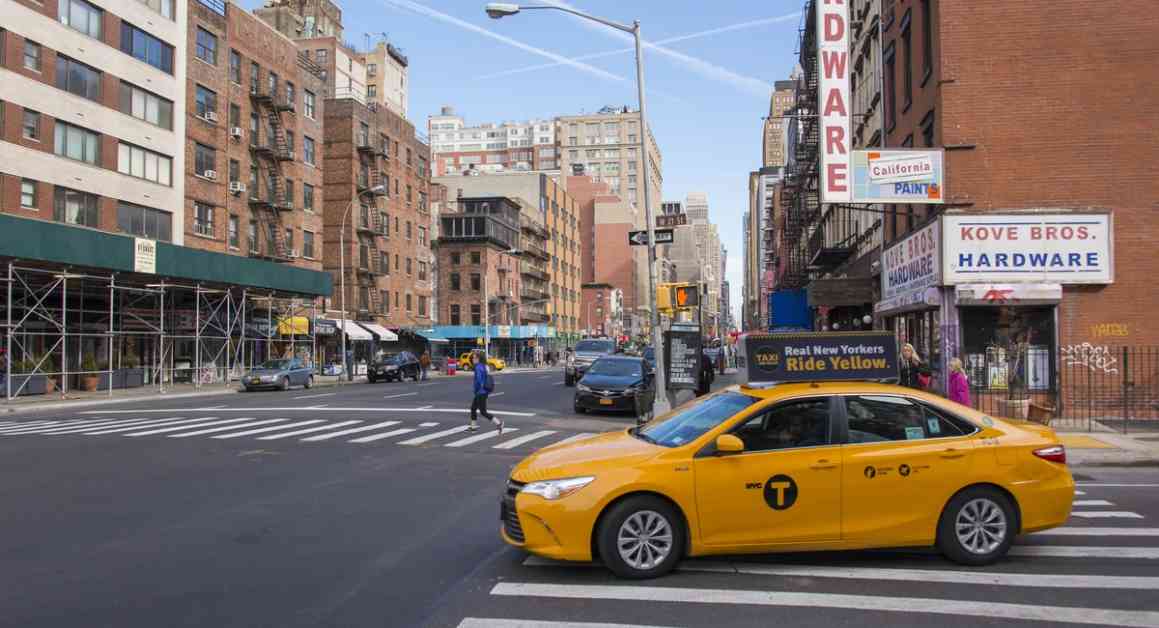NYC Taxi Drivers Push for Bathroom Solution
New York City taxi drivers are facing a pressing issue: the lack of restroom access while on duty. The New York State Federation of Taxi Drivers is advocating for a practical solution to this problem by requesting special placards that would allow drivers to park in typically prohibited areas for a brief 10-minute window to use the restroom. This initiative aims to alleviate the challenges that many drivers, especially those with health conditions, encounter daily due to the scarcity of parking spaces in the city.
Fernando Mateo, spokesperson for the NYSFTD, highlighted the dire circumstances some drivers face when nature calls and the urgent need for a viable solution. He emphasized that drivers, including those with medical conditions like diabetes or kidney problems, often find themselves in difficult situations where they risk fines for parking violations or indecent exposure while trying to find a restroom. The fines issued for various parking infractions can be steep, ranging from $95 for parking in a truck-loading zone to $250 for repeat offenses near bus lanes.
Despite Mayor Eric Adams’ commitment to constructing or renovating 82 public restrooms over the next five years, Mateo argues that the core issue is the lack of available parking spots for drivers to briefly halt their vehicles. He stressed that the primary concern for drivers isn’t the absence of restrooms, but rather the insufficient parking options in the city. Mateo proposed that implementing special placards allowing taxi drivers to park in otherwise restricted areas for a short period could significantly alleviate the problem.
Jason Kersten, speaking on behalf of the TLC, affirmed the commission’s collaboration with the Department of Transportation to pinpoint suitable locations for new for-hire vehicle relief stands. Recognizing the importance of restroom access for TLC drivers, Kersten assured that the commission is dedicated to exploring ways to enhance bathroom accessibility within the city’s limited public space. The goal is to establish new taxi and for-hire vehicle relief stands in strategic locations to address the drivers’ needs effectively.
Danny Pearlstein, representing the public transit advocacy group Riders Alliance, emphasized the significance of defining where the proposed placards would be valid. He stressed the importance of ensuring that granting parking permission in unconventional areas does not lead to disruptions in bus services or compromise system accessibility. Pearlstein underscored the need for a balanced approach that considers the broader implications of implementing such a solution.
While the TLC and DOT are actively collaborating to identify suitable locations for the proposed relief stands, the DOT has yet to provide a response to inquiries regarding this matter. As the dialogue continues between stakeholders, it remains crucial to strike a balance between addressing the immediate needs of taxi drivers and maintaining the integrity of public transportation services in New York City. The quest for a practical and equitable solution to the restroom access challenge for taxi drivers underscores the importance of fostering collaborative efforts and innovative approaches to enhance the overall transportation ecosystem in the city.












